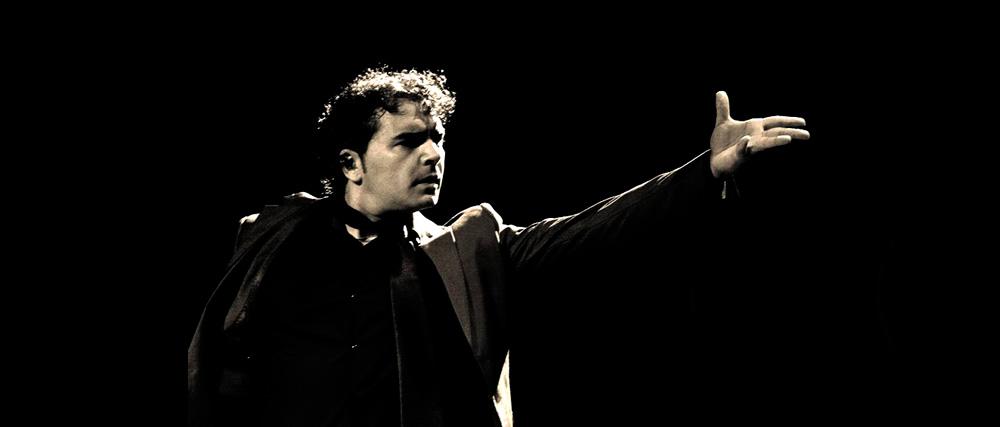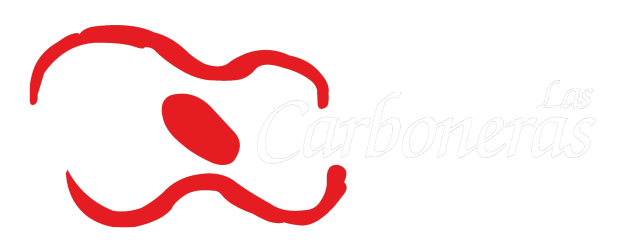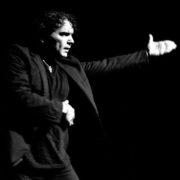Pedro Córdoba
Born in Sabadell (Barcelona) where he trained in classical ballet, bolero school, Spanish and contemporary dance at the school of Pastora Martos. Then he graduated from the Institut del Teatre in the Spanish dance modality, at the same time he takes flamenco lessons with La Tani, Manuel Núñez, Antonio Canales, Javier Latorre, among others.
He works with Enrique Morente in the performances of the album “Omega” with choreography by Javier Latorre. Later he moved to Seville where he worked in the Compañía Andaluza de Danza, directed by José Antonio, where he played solo roles. He works for four years in the company of Eva La Yerbabuena, in shows such as “Eva”, “5 Mujeres 5”, etc. At the same time, in companies like Javier Barón’s (“Hombre de hierro, hombre de bronce”, “Pájaro negro” …); Joaquín Grilo (“Jácara”, “De noche”…); Javier Latorre (“Cosas de payos”, “Ambivalencia”, “Triana” …). He is part of the company Somorrostro of Barcelona as first dancer (“Somorrostro”, “Inconexus XXI”), while performing at the concerts of Chicuelo, Miguel Poveda, Duquende.
He has worked twice in the Young Flamenco series of the Bienal de Sevilla, as well as in the Corral del Carbón of Granada.
He works in the most prestigious tablaos in Spain, such as Los Gallos, El Cordobés, Los Tarantos, El Carmen, Las Carboneras, Casa Patas, Corral de la Morería.

He dances and choreographs the show “Contraste” with Juan Ogalla and Daniel Navarro, with whom he works as a soloist in his company. He works with Vicente Amigo as a solo dancer in the concerts of the albums “Un momento en el sonido” and “Paseo de Gracia”. Participates choreographing for Ana Morales in “Reciclarte” and in “Acuérdate cuando entonces“, by Guadalupe Torres. He works for four years in the company of Rafaela Carrasco in the shows “Vamos al tiroteo” and “Con la música a otro parte”.
He works with Diego del Morao and Antonio Rey in his concerts as a solo dancer.
Together with Antonio Rey he puts on the show “Pallápaká” for the Flamenco Madrid festival.
He stages his own show “Del 2mil y pico” with his own company for the Original Flamenco Festival of Madrid, which currently represents various international festivals such as the international festival of Ankara, Flamenco Madrid, Festival de Jerez, Festival de Albuquerque, etc. At the same time, he performs solo performances and works in various tablaos throughout Spain.
«Despite having trained and grown up in several flamenco and Spanish dance companies, for me the best place to see flamenco dancing is in the tablao. That’s where the true artist is seen. Of course in a theater you see the artists, their ability to tell something dancing with the help of lights, choreography, scenery, etc, but for me, if we talk about flamenco dancing, where it really is seen is in the tablao, without rehearsals, without the dancer knowing what the musicians will play, improvising, playing with your material and establishing a dialogue with the rest of the artists who are with you on stage, and with the public. In the tablao we are naked, to put it in some way, you can not cover yourself behind a beautiful choreography, there you have to get the truth out of what you know to do and for me there is the real flamenco dance».
Interview with Pedro Córdoba
«Tablao is the truth of flamenco»
«From my training, I must point out that, since I lived in Barcelona and there was not much flamenco in Barcelona at the time, they forced me to do contemporary, classical, bolero school, which I hated, and today I am very grateful to all that kind of dance that I studied and that had nothing to do with flamenco but nowadays it is very useful for me to know my body, to have a lot of control over my body, although it was something I did not like at all but nowadays I appreciate a lot to have that knowledge.
»As an anecdote, the first day I went to do ballet I was told that I had to put on suspenders and I did not want to, of course. And the second day, when I went to the ballet class, I put the suspensors because they forced me but, as I had no idea, I put them over the meshes, Superman alike, haha.
»About my career, the truth is that I do not have any moment that stands out from the others. The only thing that I have been realizing all this time is that, without being aware, I have been meeting people sharing the stage that I admired as a child and, without realizing it, you end up sharing the stage with them and making friends with many of them. It is one of the deep great satisfactions that you get dancing flamenco. It has been a pleasure, those are gifts that life has given to you.
»And for me, to dance in the tablao it is the truth, the truth of flamenco. That’s where you see the trick, that’s where you see if you are in control, if you know or not. You can make a very beautiful show with a perfect light to create a climate at that moment or you can try twenty days with the musicians, but where you see the truth is in the tablao. I would like to see many of the renowned artists nowadays in the tablao, there is no cheating and there is nothing. There is singing, guitar and you dancing, and whatever God wants».






